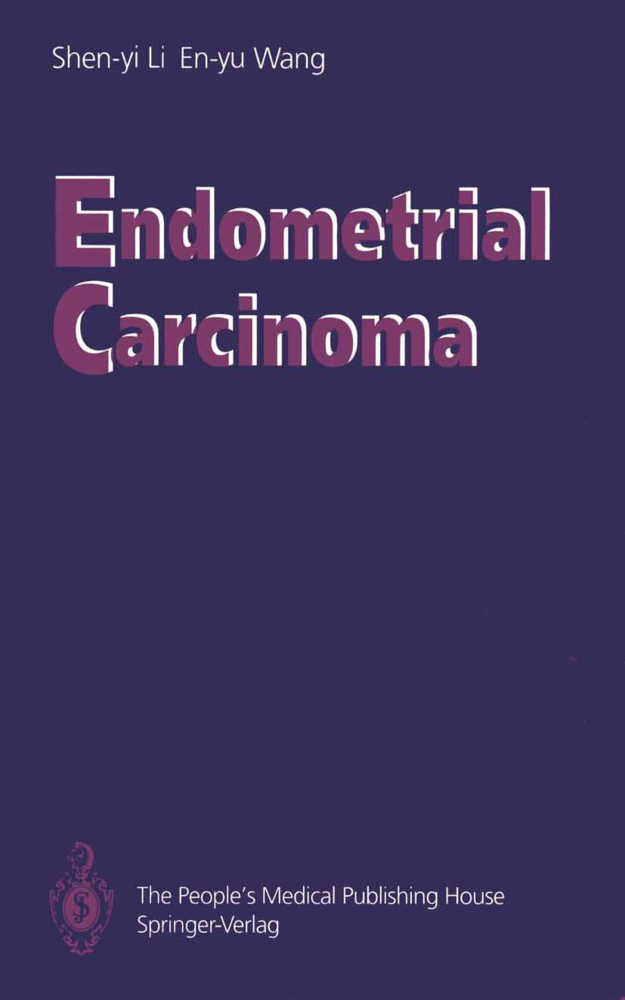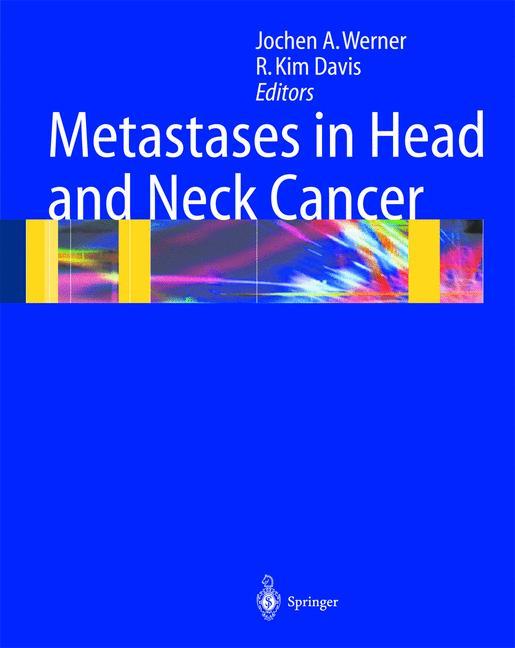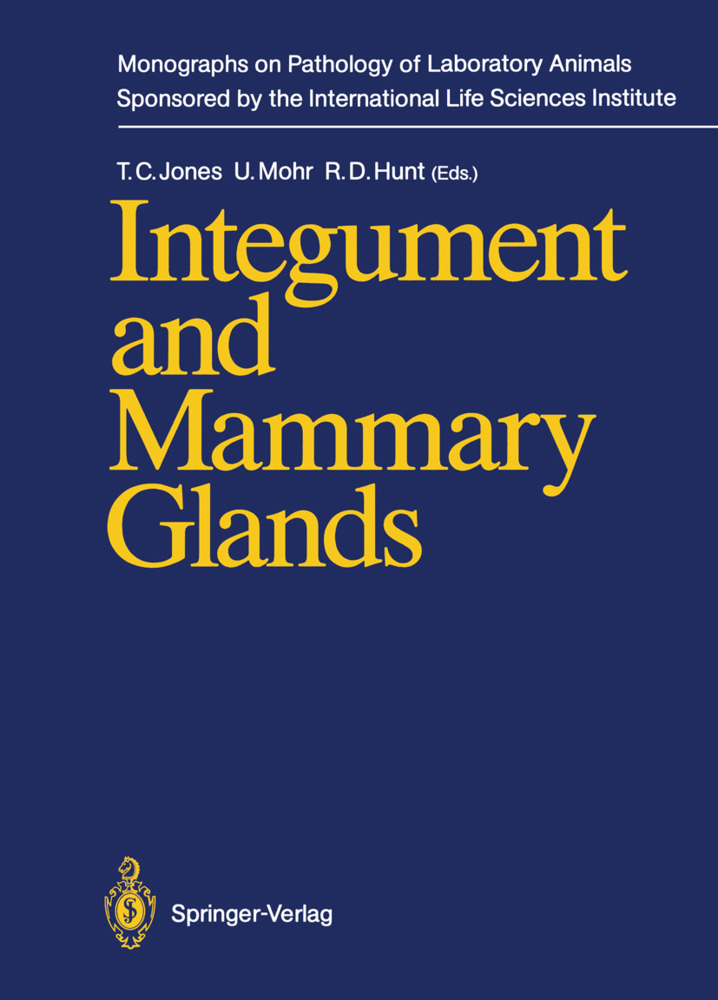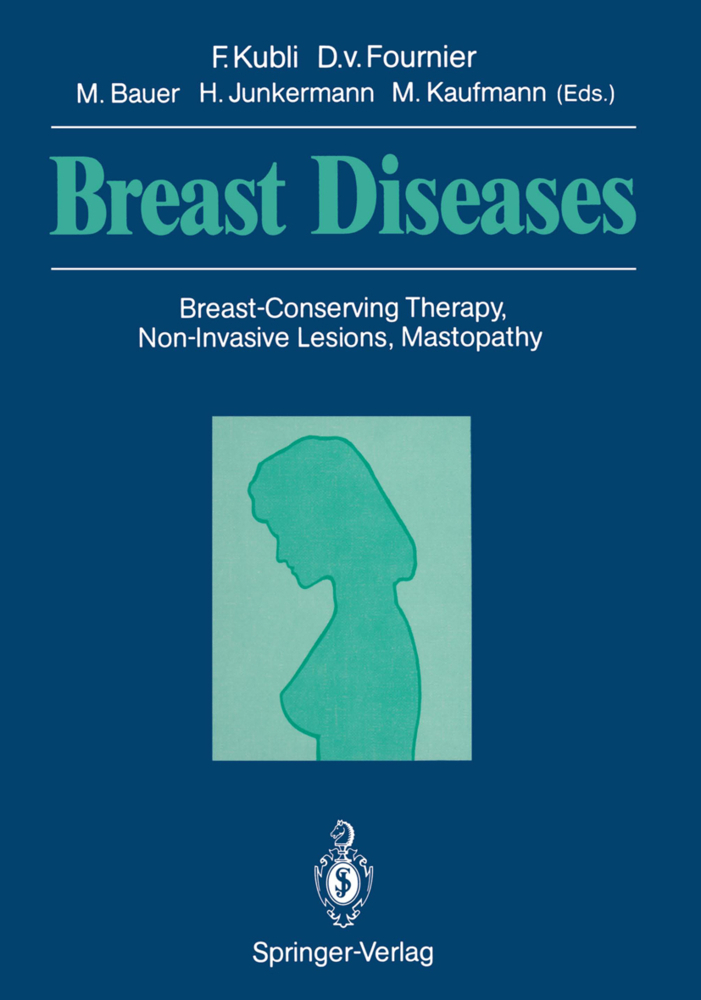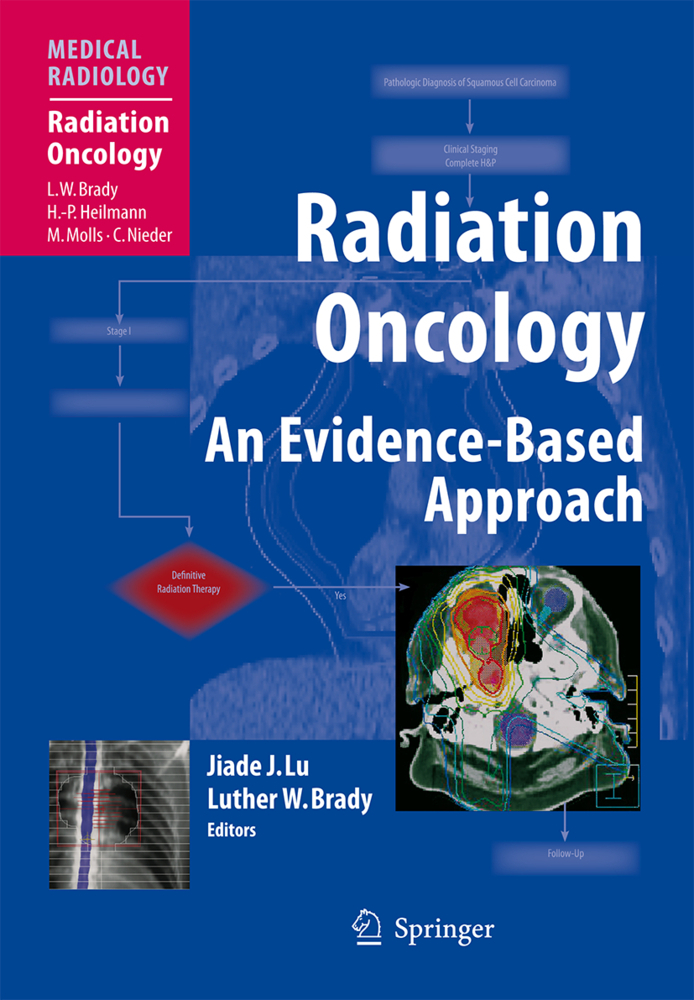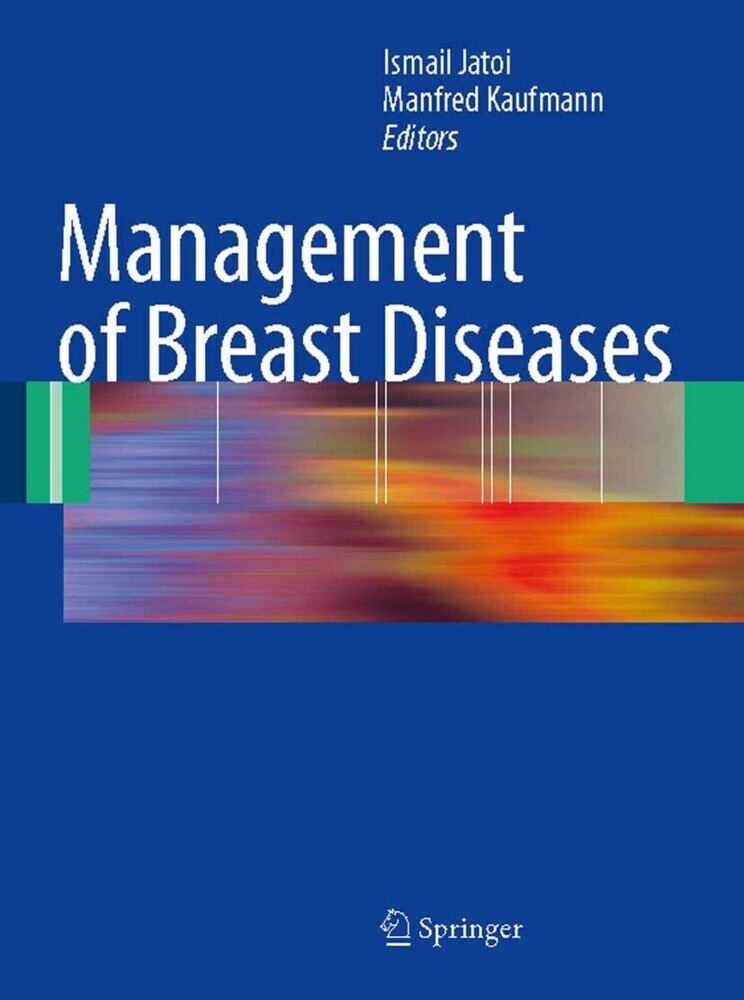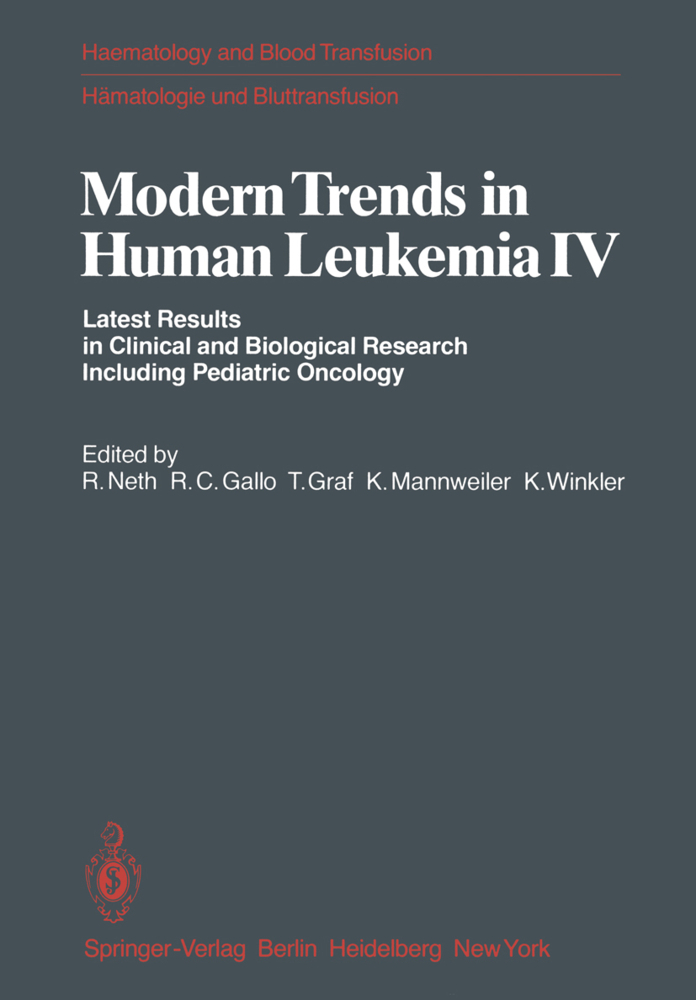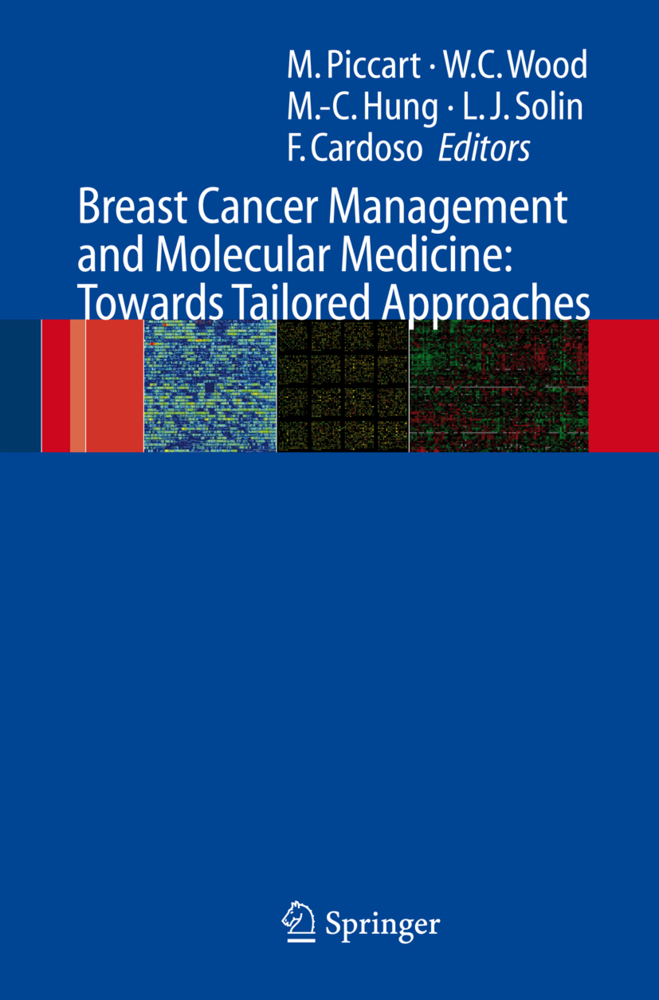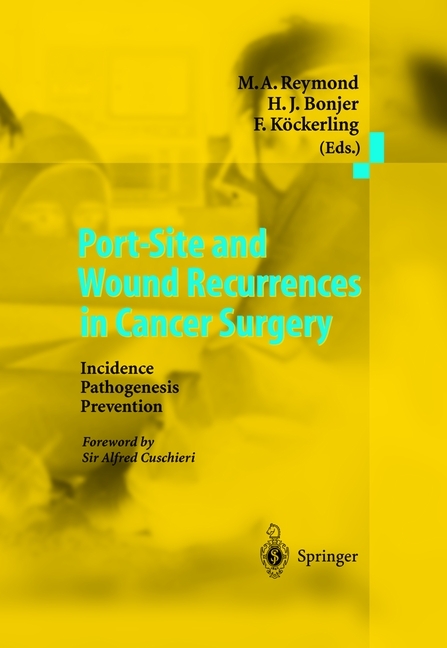Endometrial Carcinoma
Endometrial Carcinoma
During the past 20 years, endometrial carcinoma has continued to increase in frequency and it is quite possible that this carcinoma will become the major gynecologic malignancy in the future. For many years, endometrial carcinoma was considered less malignant than other gynecologic malignancies, simple hysterectomy and bil ateral salpingo-oophorectomy or surgery combined with radiation being effective in certain circumstances. It is unfortunate to note that the global 5-year survival rate for patients with advanced or recurrent endometrial carcinoma has improved only slightly. Therefore any complacency regarding this 'benign malignancy' should be reconsidered. There is a growing awareness of the nature of end ometrial carcinoma, with advances in our knowledge ranging from its etiology through its epidemiology to its clinical findings. This volume has been designed to fill a hiatus in the literature in China. To achieve this aim, we have attempted to review the world-wide advances on endometrial carcinoma and summarize systematically and comprehensively this common gynecologic malig nancy, including the clinical experiences gathered at the Cancer Institute (Hospital) of the Chinese Academy of Medical Sciences since 1958 as well as a brief description of the psychological problems in patients with gyneco logic cancers.
1.2 Etiology
References
2 Pathology
2.1 Pathologic Manifestation of Endometrial Carcinoma
2.2 Ultrastructural, Chromosomal Karyotyping, and Nuclear DNA Studies
2.3 Rare Types of Endometrial Carcinoma
2.4 Endometrial Hyperplasia and Adenocarcinoma in Situ
References
3 Diagnosis of Endometrial Carcinoma
3.1 Clinical Manifestation
3.2 Diagnosis
3.3 Differential Diagnosis
3.4 Clinical Staging
References
4 Treatment of Endometrial Carcinoma
4.1 Historical Review
4.2 Surgical Treatment
4.3 Radiotherapy
4.4 Hormonal Treatment
4.5 Chemotherapy
4.6 Suggested Therapy in Each Stage of Endometrial Carcinoma
References
5 Prognosis of Endometrial Carcinoma
5.1 Treatment Result
5.2 Recurrence
5.3 Prognostic Factors
References
6 Laboratory Research
6.1 Steroid Hormone Receptors of Endometrial Carcinoma
6.2 Monoclonal Antibody in Cancer
References
7 Medicopsychologic Problems in Patients with Gynecologic Cancers
7.1 Psychologic Problems in Patients with Gynecologic Cancers
7.2 Medical Intervention and Nursing Care of Patients with Gynecologic Cancers
7.3 Euthanasia
References.
1 Epidemiology and Etiology
1.1 Epidemiology1.2 Etiology
References
2 Pathology
2.1 Pathologic Manifestation of Endometrial Carcinoma
2.2 Ultrastructural, Chromosomal Karyotyping, and Nuclear DNA Studies
2.3 Rare Types of Endometrial Carcinoma
2.4 Endometrial Hyperplasia and Adenocarcinoma in Situ
References
3 Diagnosis of Endometrial Carcinoma
3.1 Clinical Manifestation
3.2 Diagnosis
3.3 Differential Diagnosis
3.4 Clinical Staging
References
4 Treatment of Endometrial Carcinoma
4.1 Historical Review
4.2 Surgical Treatment
4.3 Radiotherapy
4.4 Hormonal Treatment
4.5 Chemotherapy
4.6 Suggested Therapy in Each Stage of Endometrial Carcinoma
References
5 Prognosis of Endometrial Carcinoma
5.1 Treatment Result
5.2 Recurrence
5.3 Prognostic Factors
References
6 Laboratory Research
6.1 Steroid Hormone Receptors of Endometrial Carcinoma
6.2 Monoclonal Antibody in Cancer
References
7 Medicopsychologic Problems in Patients with Gynecologic Cancers
7.1 Psychologic Problems in Patients with Gynecologic Cancers
7.2 Medical Intervention and Nursing Care of Patients with Gynecologic Cancers
7.3 Euthanasia
References.
Li, Shen-yi
Li, Shen-yi
Seta, Michihiro
Wang, En-yu
Wang, En-yu
| ISBN | 978-3-540-51273-8 |
|---|---|
| Artikelnummer | 9783540512738 |
| Medientyp | Buch |
| Copyrightjahr | 1990 |
| Verlag | Springer, Berlin |
| Umfang | XIII, 241 Seiten |
| Abbildungen | XIII, 241 p. 60 illus. |
| Sprache | Englisch |

